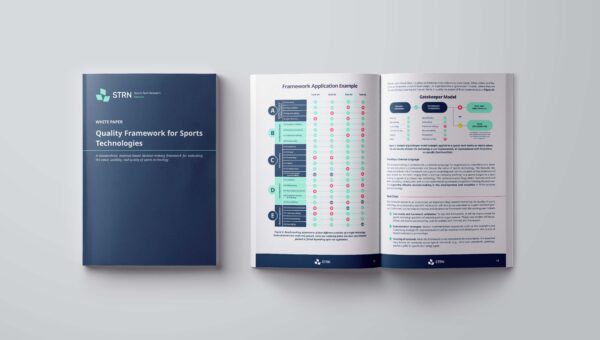imec, the world’s leading research and innovation hub in nano-electronics and digital technology, developed a tool for amateur cyclists in close cooperation with Ghent University-Victoris and external partners such as the sports testing and coaching company Energy Lab. The tool collects and interprets sensor data to create a personal training schedule that also enhances the cycling experience. The tool is part of the ambitious CONAMO project.
Real-time data-driven cycling experience
Many cyclists are using various sensors to measure factors like heart rate, power, location and speed. Such data are of course valuable as such, but the problem is that almost all data reporting and analysis happens offline (and not in real time). Until recently, there was no integrated platform with real-time data allowing for continuous tracking, interacting and monitoring of cyclists.
In collaboration with various partners, a real-time data-driven cycling experience has been developed. ‘CONAMO’ (CONtinuous Athlete MOnitoring in cycling) is founded on a wireless mobile network for data collection and analysis (Antwerp University & imec). This proves to be valuable during cycling training and at cycling events. Real-time updates allow coaches to monitor athletes. In this way they enhance their cycling performance… and go for the win!
Application for amateur cyclists
Ghent University contributed to the CONAMO project as well. Our researchers studied ways to create personal training schedules for amateur cyclists by collecting and interpreting sensor data (e.g. of their bike computer and heart rate monitor). Both our research groups in exercise physiology and internet and data science took part in the project.
The topic of athlete data in cycling is especially relevant in Flanders, where mass amateur cycling events are becoming increasingly popular. Real-time data doesn’t just enable cyclists to get an instant overview of their performance for improved training and decision-making. It also makes it possible to send real-time information from cyclist to cyclist. This enables friendly competition, thus adding a social dimension to the participants’ enhanced cycling experience.
For this case, co-development from other organizations such as Rombit and VRT Innovation was crucial. Want to find out more? Let us know or check out this video.





